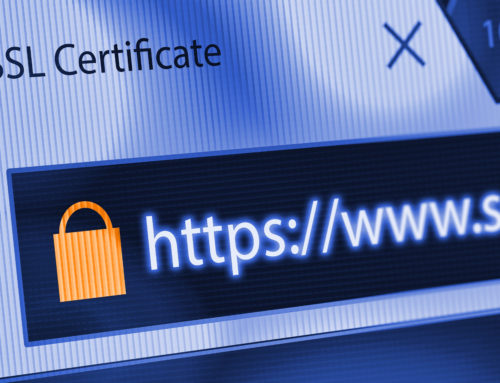
 When companies set up their email systems or migrate to a new platform, they often face a lot of confusion regarding how to properly set up groups or mailboxes where users require access to the same information. Shared mailboxes and distribution groups both appear to serve the same general purpose on a macro level, but it’s the finer details that often trip people up.
When companies set up their email systems or migrate to a new platform, they often face a lot of confusion regarding how to properly set up groups or mailboxes where users require access to the same information. Shared mailboxes and distribution groups both appear to serve the same general purpose on a macro level, but it’s the finer details that often trip people up.
Before we can get into which to use when, we first need to understand the what distribution groups and shared mailboxes are, as well as how they function.
What is a distribution group?
Emails received from a distribution group arrive as their own separate items in a user’s inbox. Instead of individually adding each recipient to an email, you instead send it to a single group address — a real time-saver — which then disseminates it to all the users in the group as a normal email. Meaning, everyone gets their own personal copy as if it were sent to them and them alone, allowing them to reply from their own email address as necessary.
By default, responses to distribution group emails are set to “reply to all” members, which is a quick way to annoy everyone in the office. Who of us hasn’t been inundated with 497 messages about lunch, only to yell unheard into the void, “please stop hitting reply all!” That said, this can easily be changed (but as many can attest, it all too often isn’t).
Broadcasting emails through a distribution group saves time, and is an effective and efficient way of ensuring information gets to all the parties that require it.
What is a shared mailbox?
A shared mailbox is one that multiple users all have access to — like when your grandparents have a single gmail account (or worse, Facebook account) that they both use. Though shared mailboxes in offices are far less strange, they still function essentially in the same way. Multiple users have access to it, and different users can be allowed different permissions (read, write, full access, send as, etc.) as necessary. This is especially handy for a company that uses a generic, dedicated email address for its sales, marketing, or customer service departments.
Instead of all external emails coming to one user, anyone with permissions can address any of those incoming inquiries. So if a client sends an email to pineapples@fakefruitcompanynco.com, everyone in the Pineapple Department at Fake Fruit Company & Co, Inc. would be able to respond from the shared inbox, with an employee’s reply appearing to come not from the individual user herself, but the department’s generic, catch-all address.
The main downside of giving a bunch of employees access to the same inbox is that mistakes might be made. If an email is deleted by one employee, it’s deleted for everyone. The upside is increased efficiency and productivity, thanks to greater number of people available at any given moment to pick up the proverbial football and continue helping a customer with their issue.
When should you use a distribution group, and when should you use a shared mailbox?
Both distribution groups and shared mailboxes are useful tools for companies to employ, and since each serves its own purpose, they’re often used in tandem.
Distribution groups are best when you need to send out in internal email blast. Since everyone in the group receives a copy of the same message, distribution groups don’t lend themselves very well to company→client communications. With distribution groups, there’s the risk of multiple employees attempting to respond to a customer at the same time, which might cause confusion, but as a bonus you can add public email addresses to the list — something you can’t do with shared mailboxes.
If you want to receive emails to a centralized location from an external source, such as a contact page on your company website, then your best bet is to set up a shared mailbox. Thanks to custom permissions, employees with a need to know (and need to respond) will have the ability to. This is an ideal way to keep workers on the same page about past and present client communications. As a downside, shared mailboxes in Outlook are only accessible from a computer, or OWA in browser, so they can’t be viewed easily on mobile phones — a major detractor for phone-heavy users and workers on the go.
Though each has its own limitations, both distribution groups and shared mailboxes are important tools for a company to have in its communications belt. If you find yourself confused about how to set up distribution groups, or how to set up shared mailboxes, it might comfort you to know that you are not alone. Countless businesses have found themselves scratching their heads as well. Luckily, there’s a company here that can help you make sense of whichever email client you’re using!
Contact JNT TEK today for tips and best practices on how to go about setting up an efficient and effective email system.




CONNECT WITH US!